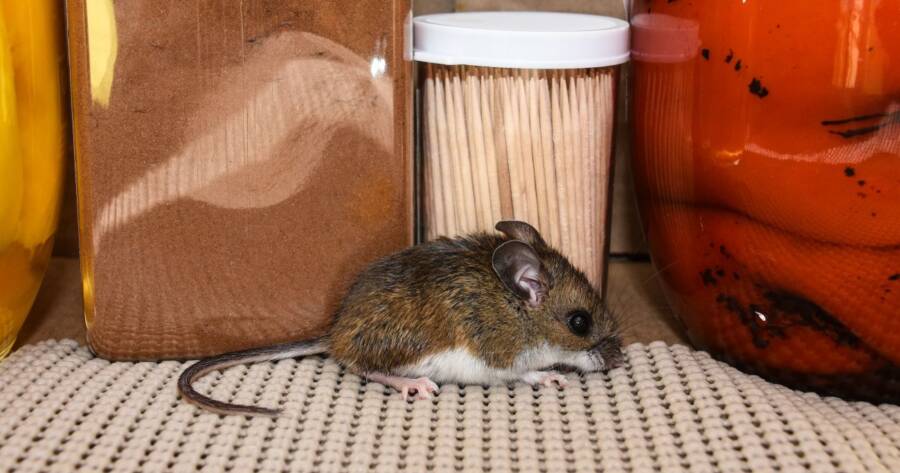Pests love your home: it has food, water, and shelter. But pests are more than a nuisance, causing significant property damage and danger. Here’s how to protect your home from common pests:
Ants
Most ants are merely annoying as they come and go through your kitchen in certain seasons. Their easy to prevent, and if they become a problem vinegar can be used as a deterrent. Others are not so harmless.
For kitchen ants, the best prevention is cleanliness:
- Sweep up food crumbs.
- Keep counters wiped.
- Tightly seal food products.
- Keep the sink clean and dry.
Fire ants usually build mounds in open, sunny areas, but they’ve been known to set up shop in HVAC units. They’re highly aggressive and will attack in numbers without provocation. Fire ant bites are extremely painful and prone to infection. People with high sensitivity may experience nausea or another reaction. If fire ants are already building mounds in your yard, they’ll be difficult to get rid of without professional help.
Here are tips for discouraging fire ants from invading:
- Keep your lawn mowed.
- Remove fallen fruit from your yard.
- Frequently wash out trash bins with an ammonia solution.
Carpenter ants are destructive, and they work quickly. Although they don’t ingest wood, their activity can result in serious structural damage. They bore into wood and knock it out of the way to build elaborate tunnel systems for nesting. One telltale sign of carpenter ants is residue that looks like sawdust. If they’re working in your attic, the dust may be mixed with insulation. You should definitely call an exterminator if there’s evidence of carpenter ant activity inside your home.
Take these steps to prevent carpenter ants:
- Divert water away from your house.
- Repair roof and plumbing leaks.
- Seal up cracks and openings around the foundation of your house.
- Clear wood sources, such as tree branches, lumber or stacked firewood from the outside of your house.
Bedbugs
Bedbug bites may be invisible for up to two weeks. By the time you notice two or three, you’re probably already infestation. These nasty creatures are prolific breeders and good at hiding in places you can’t find. Despite common stories, bedbugs don’t spread disease. Aside from the itch, bites are generally harmless.
Since they feed on the blood of sleeping humans, bedbugs usually congregate around mattresses and headboards. You may also see them under sofa cushions, around electrical outlets, in picture frames, or behind wallpaper. They prefer dark places and can often be found inside the seams of mattress or within the secret compartments of wooden bed frames.
In their nocturnal travels, bedbugs make a huge mess. If you don’t spot the pests themselves, you’ll see trails of rusty-brown fecal matter on the walls, furniture, or bedding. You may also find empty egg casings followed by an unpleasant odor.
Prevention is a challenge. Bedbugs can enter homes in luggage, clothing, and used furniture. They spread quickly through apartment complexes and even the fanciest hotels.
Do-it-yourself methods to eradicate them are a waste of time. Chemicals that kill ticks, fleas, and other tiny insects are ineffective on bedbugs, and bedbugs have become resistant to some solutions that used to work. Many exterminators are turning to intensive heat treatments. If you see evidence of bedbugs, call an expert right away.
Termites
U.S. homeowners and business owners spend an estimated $5 billion a year repairing termite damage. A single colony can multiply to a million termites before you’re even aware that it exists.
These pests subsist on cellulose, an organic substance found in plant-based materials. They tunnel underground to reach aboveground sources such as lumber, firewood, rotting wood, mulch, pine needles, and even cardboard. If any of those are in contact with your house, relocate them. They serve as bridges to indoor sources of cellulose like wood floors, paneling, some types of carpet and books.
Take these steps to ward off termites:
- Reduce moisture in your landscaping as much as possible.
- Keep gutters dry and clear of debris.
- Correct moisture problems in your attic, basement and garage.
Have a professional exterminator regularly inspect your property for signs of infestation.
Mice
Your home, with its abundant food supply and ideal hiding places, is highly appealing to mice. Rodent infestations pose a serious health risk. Not only do rats and mice carry diseases, but they attract other pests that do as well. If you have mice, you’ll soon have fleas, ticks and lice.
Mice also damage property with their incessant gnawing. Almost any material that’s softer than their own teeth is fair game. Many a fire has been sparked by mice chewing on electrical wiring.
Evidence of mice includes squeaking or scratching noises, black droppings about the size of rice grains, a musty odor, signs of food tampering, teeth or scratch marks and dark smears along baseboards or door frames.
Short of getting a cat, try these tips to prevent mice:
- Inspect the exterior of your home. Seal up cracks or other potential points of entry around vents, pipes, windows and doors.
- Keep your kitchen clean and your food tightly sealed.
- Put away pet food at night.
- See that indoor and outdoor trash receptacles have tight-fitting lids.
Once you have an infestation, ridding your property of mice and preventing their return is a job for the experts.
 Landshark1 / Shutterstock.com
Landshark1 / Shutterstock.com


